Floating Plants can be divided into two groups: free floating and rooted. Free-floating surface plants derive their nutrient needs directly from the water and are not attached to the bottom while rooted floating attach to the sediment layer. Rooted floating plants provide natural, aesthetic qualities to lakes, ponds and rivers with showy flowers, large leafed foliage and habitat for wildlife. Approximately 15 to 20% coverage of your pond or lakes shallow areas is desirable.
Floating plants are notorious for overspreading in lakes and ponds, inhibiting recreational activities, especially if the water is shallow and clear. Use the pond and lake weed guide below to identify your floating plant problem; then choose one of the recommended solutions. Not sure what your plant is? Our biologists can help! Call us at 1-800-442-6648 or contact us by email info@aquaticbiologists.com.
Common Problem Floating Weeds:
American Lotus Management and Control
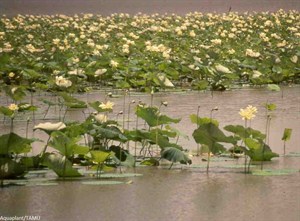
American lotus plants are often confused with water lilies. The leaves of American lotus are simple, circular in shape and up to 2 feet in diameter.
Bladderwort Management and Control
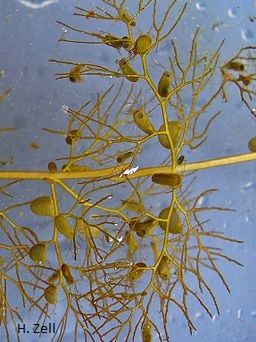
Finely divided leaves scattered along the stem with numerous bladder-like structures on leaves. Stems have many branches and are densely leafy at the tips. Flowers are yellow and rise above surface.
Duckweed Management and Control
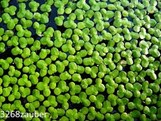
Common Duckweed is an oval or rounded shape plant that floats on the surface. It has a minute root that hangs beneath. Giant Duckweed is very similar except has multiple roots and the underside is usually red. Typically found in ponds
Sacred Lotus Management & Control
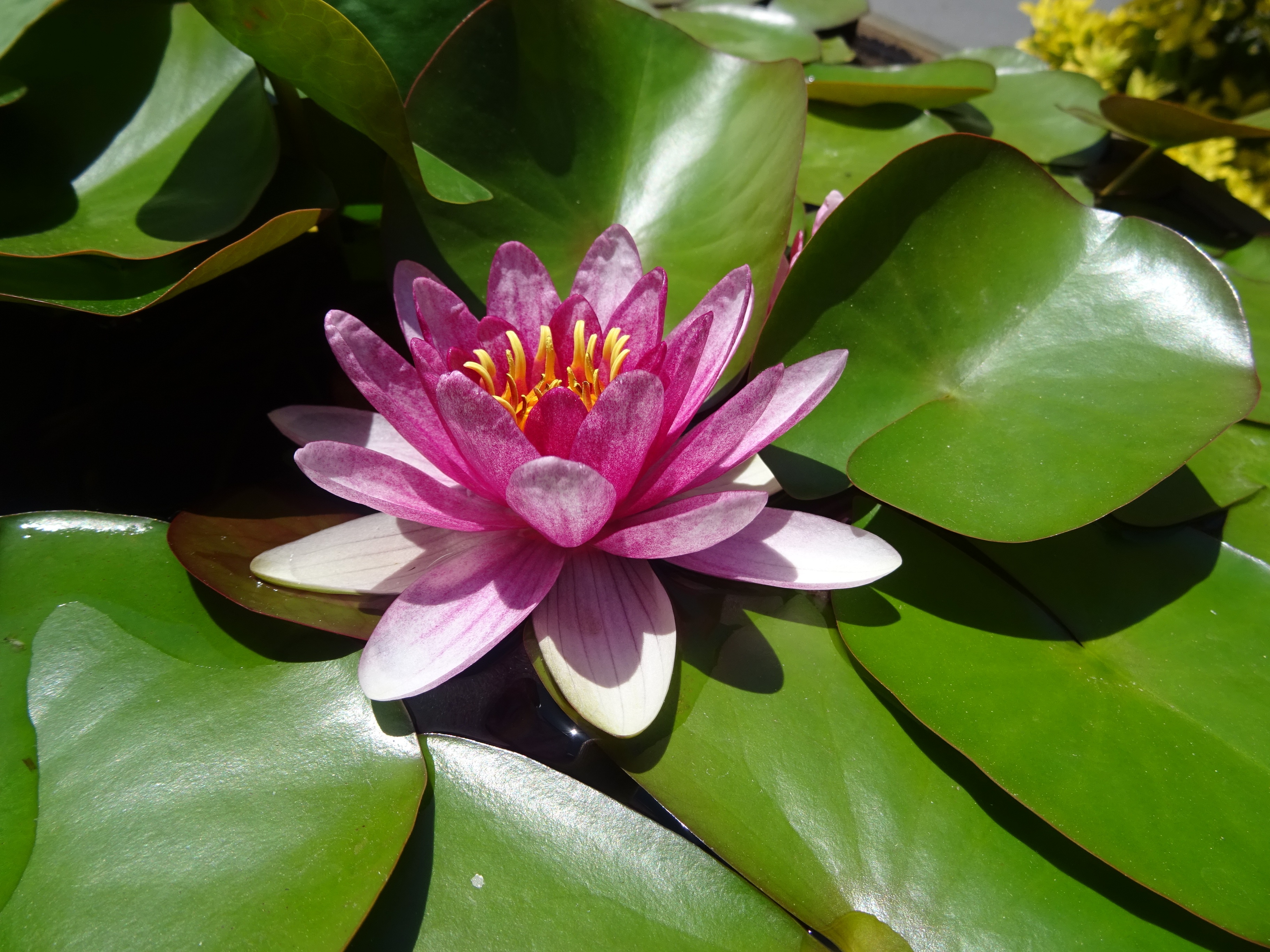
Just recently found in Wisconsin, Sacred Lotus produces individual leaves and flowers directly from the root system with thick rhizomes. The blades of the leaves either float on the surface of the water or are held up to 6' above the water by their petioles.
Salvina Management & Control

Salvina is a small free-floating plant that grows in clusters and develops into dense, floating mats or colonies in quiet water, undisturbed by wave action. The floating leaves of salvinia are more or less round.
Water Hyacinth Management & Control

Water Hyacinth is a real problem in the Southern United States. The plants are free floating, sometimes attached in mud. Plant height in variable from a few inches to three feet. The flower can be blue, violet or white.
Water Lettuce Management & Control

Water Lettuce (Pistia Stratiotes) is an invasive weed found mostly in the southern United States and as far north as Maine. Water Lettuce has velvety foliage resembling a head of lettuce found in the produce isle of your local supermarket. Water Lettuce spreads like strawberry plants across the surface of lakes and ponds.
Watermeal Management & Control
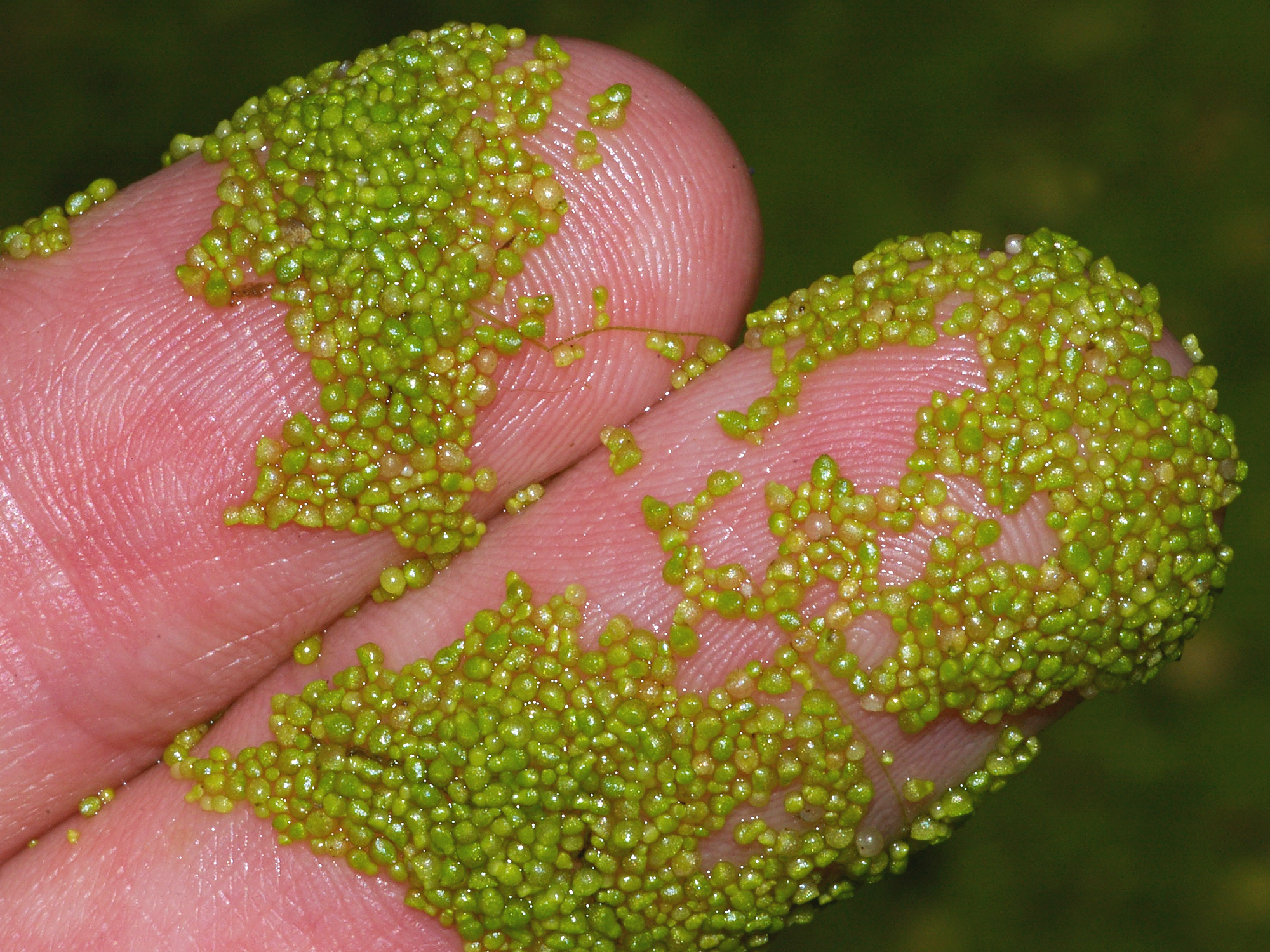
Watermeal appears as minute green grains floating on the water. This one is often mistaken for algae or fine seeds. Watermeal does not have a root structure.
Watershield Management & Control

Watershield resembles a shield. Leaves may be two to five inches in length. Watershield blooms in early summer, with a dull purple flower.
White Water Lily Management & Control

White Water Lily plants have large mostly circular floating leaves with a slit from the edge to the center of the leaf. White Water Lily produces a distinct white or pink flower.
Yellow Floating Heart Management & Control
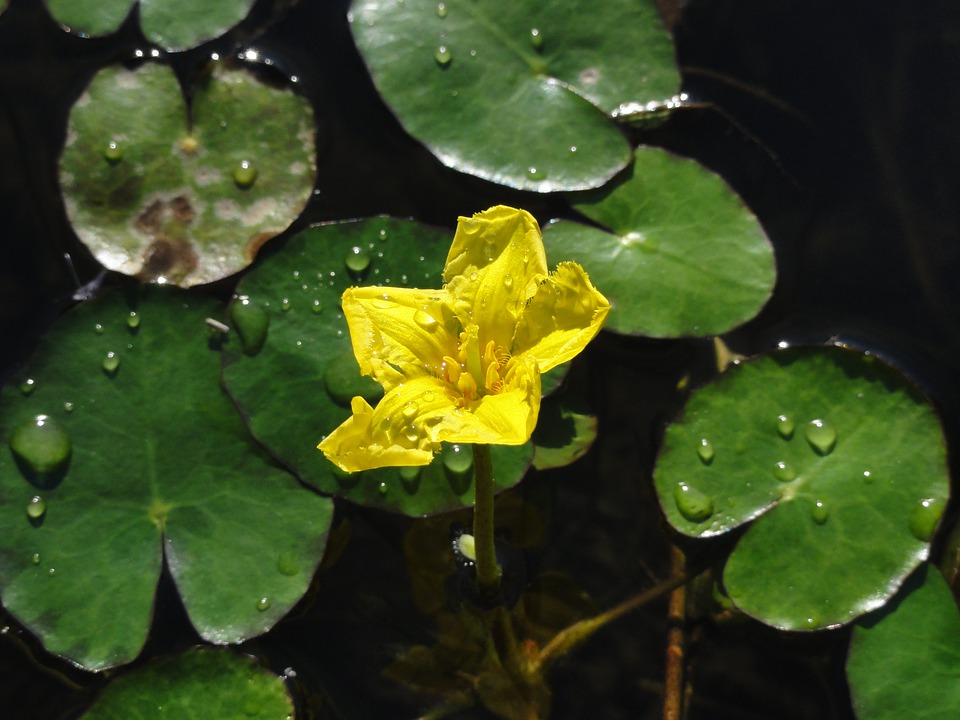
Yellow Floating Heart, an aggressive exotic aquatic plant, is native to Asia but now occurs in over 15 states taking over ponds and lakes. Key identifying traits - heart-shaped floating leaves have wavy margins and fringed flowers.
Yellow Water Lily (Spatterdock) Management & Control
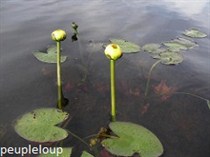
Yellow Water Lily plants are heart shaped. Look for a distinct yellow flower. Leaves can float or reach above the surface.
